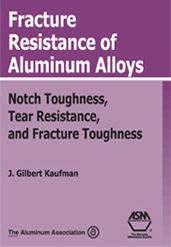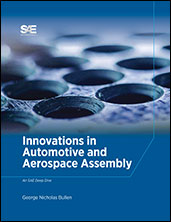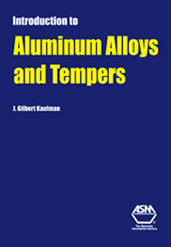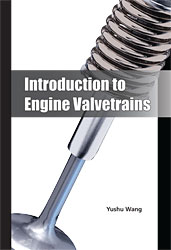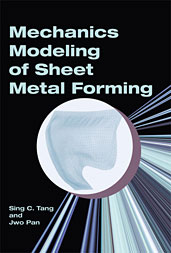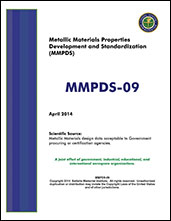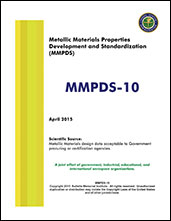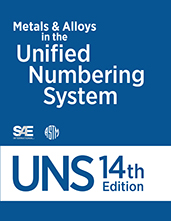Book

Experimental and Simulation Tools for Thin-Film Solar Cells
2016-01-01
Experimental and Simulation Tools for Thin-Film Solar Cells describes the methods used for the optical characterization and design of thin-film solar cells. A description of the cells under study (CdTe, CIGS, CZTS, Perovskite, and organic) is given, followed by coupling experimental and simulation studies in order to improve solar cell performances. A detailed discussion on specific optical tools (ellipsometry, photoluminescence and photoreflectance) is included, and a link between materials and measurements is made by studying the relevant physical principles. Finally, a numerical model is provided that can be used to design the structure of a thin-film solar cell.

